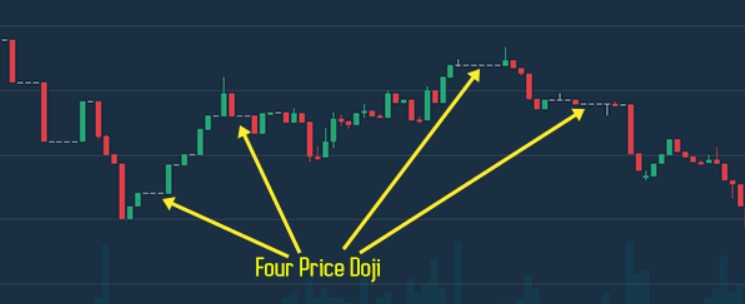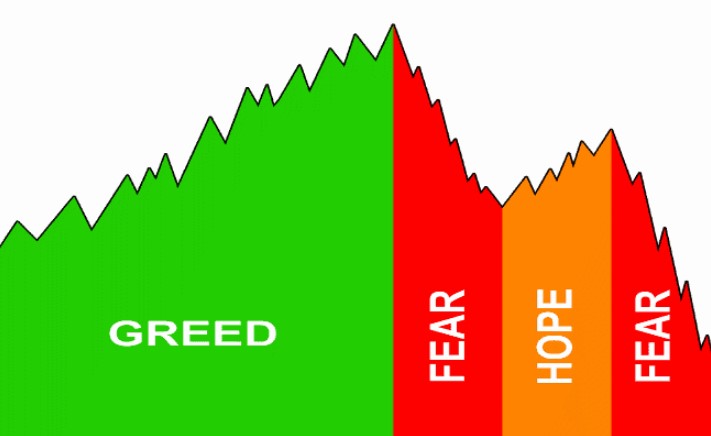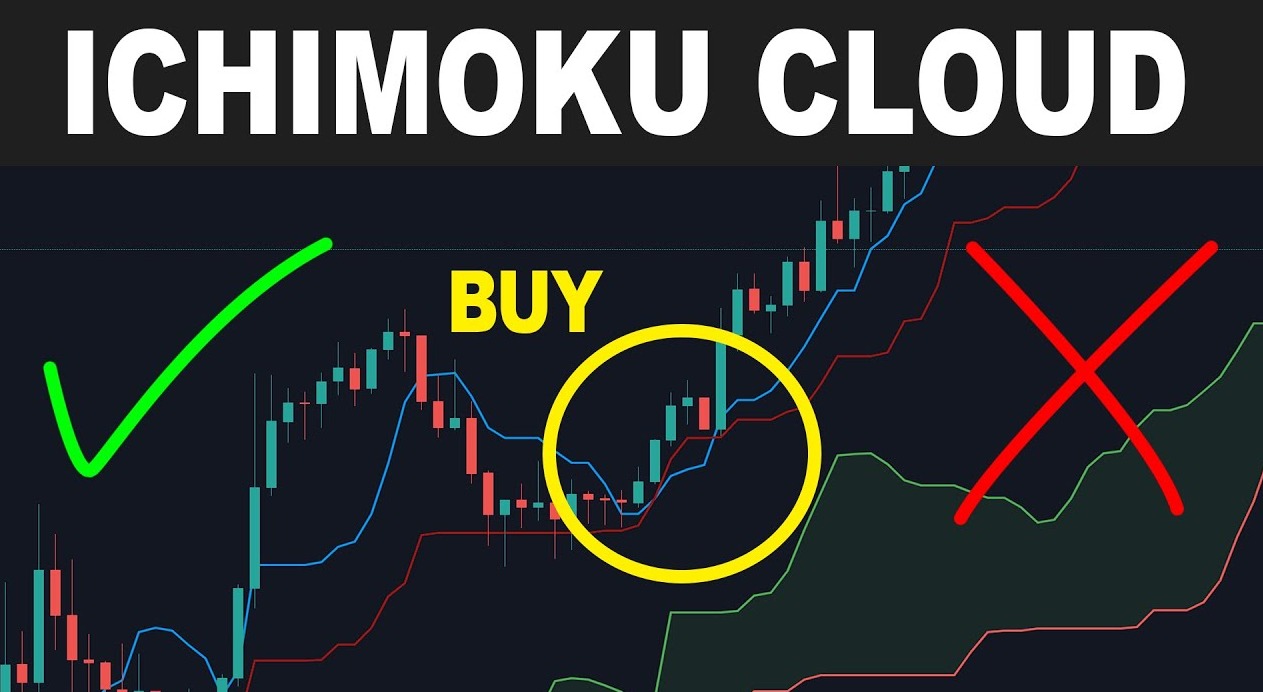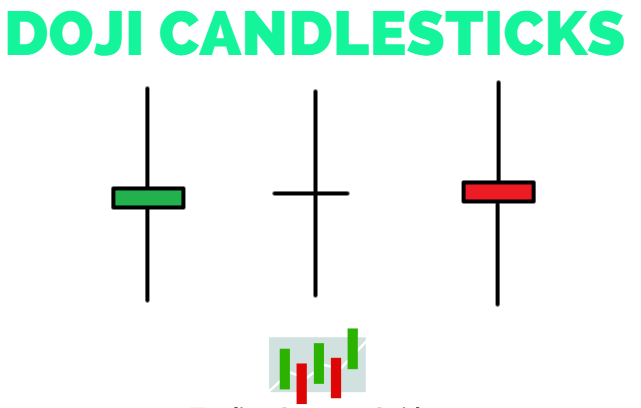
Convergence & Divergence Trading Strategies
Beyond the basic information, analysts and traders of financial instruments employ various indicators to predict what could occur to the price of a particular instrument. These indicators are a simple method of identifying patterns and anticipating which direction the price will move.
These indicators are what make Forex signals feasible. They provide a thorough live analysis of price movements and our team in Topforexrating implements them on an ongoing basis.
What Is Divergence?
Divergence is one of the most popular indicators used in our analysis by Topforexrating to help significantly improve profits. The chance of trading when it is time to do so with the proper direction will increase when it is it is used alongside other indicators, such as moving Averages (MA), RSI Stochastics, Stochastics, or other levels of support and resistance.
What Is Divergence Trading?
Just by acknowledging the word "divergence," one can quickly discern that the divergence market is a form of trading that is based on disharmony or deviation. Divergence strategies for trading forex are widely employed by traders of currencies around all over the world.
In theory, both indicators and prices should be moving along the exact same path, at similar rates. If price is higher than the level and the indicator follows, it should also reach the same level. If price is lower than a high , then the indicator will follow in the same direction. Similar applies to lower lows as well as higher lows.
In the event that the rate of change and indicators that are associated with it don't match it is possible to tell that a change is about to occur. In essence the term "divergence" refers to the difference between the lows and highs of the price and the indicator. The most reliable indicators for trading divergence are stochastics RSI, MACD, and Trade Volume.
A bullish divergence is when the change in the indicator is greater than the change in the price. A bearish divergence happens the opposite way around. When you apply this distinction There are four main types of divergence
Regular Bullish
Hidden Bullish
Regular Bearish
Hidden Bearish
We will discuss each one and show how to trade the appropriate diversgence strategy for forex.
Regular Bullish
Regular divergences are an indicator of reverses. This chart of the EUR/USD monthly price illustrates the price making a lower low over two days. However, the momentum of MACD and Stochastics did not match the price's movement and made higher lows. This could indicate a possible reversal of the trend, or at the very least, a retrace of the downward trend.
In addition, there is it being noted that price was fluctuating in the range of 1.035 to 1.0450 for approximately two years, meaning that sellers could not reduce it for an extended period of time. If you were to take a position at the 1.0350 mark would provide an excellent risk-to-return ratio.
Regular Bearish
From the chart of 4 hours this price hit an upper level in the week prior and reached a higher level next week. On the other hand the MACD indicator in the lower part of the chart has been making lows. This is referred to as "Regular Bearish Divergence," and signifies a decrease in the future price.
In this instance, as we are in an uptrend it is expected to retrace. When we enter in the upper part of the range, it is recommended to try to exit the market at the upward trend line.
Hidden Bullish
Contrary to normal divergence diversification indicates the continuing trend. This chart for the week of GBP/USD illustrates several instances where it was the case that price made higher highs and the stochastic made lower lows. This suggests that the retrace downwards has ended and the trend continuation is set to begin.
Hidden Bearish
The chart below for the daily EUR/USD illustrates clearly hidden divergence, as well as the trend reverse that is following. It is evident that when stochastic was close to overbought and had formed divergence from the price, which created lower highs, pair immediately plummeted and then began an upward trend. This kind of chart pattern indicates that, when stochastic was overbought a second time and the EUR/USD buyers weren't able to move any further. Therefore the upside was finished regardless of the fact that EUR/USD wasn't able to reach new records. It's a bearish signal of reversal.
When Using Divergence Forex Strategies...
It is easy to recognize, since it requires only drawing just a few lines. However, we sometimes are too focused on the charts. We think that things aren't present.
When there is a period of low liquidity or consolidation there are small differences between the price and indicators could form but it isn't a reason to be able to consider them as real divergences. The chart below depicts the four-day consolidation time frame with the indicators and price that aren't exactly in line. But, this does not mean that there is any divergence.
In consolidation , there are times when everything that appears to be divergence actually is -be cautious.
Divergence is among the most effective ways to utilize indicators to analyse charts. Alongside other strategies for resistance and support using divergence, the forex trading technique can be employed to give your analytical abilities the motivation they require to become a successful trader. If you're looking to get an idea of how trading using divergence works in real-time market conditions check out our weekly analysis of April 17 to 23. In our weekly report the top Forex experts describe how they utilize divergence tradingalong with other Forex strategies to study the market's behavior every single day.







